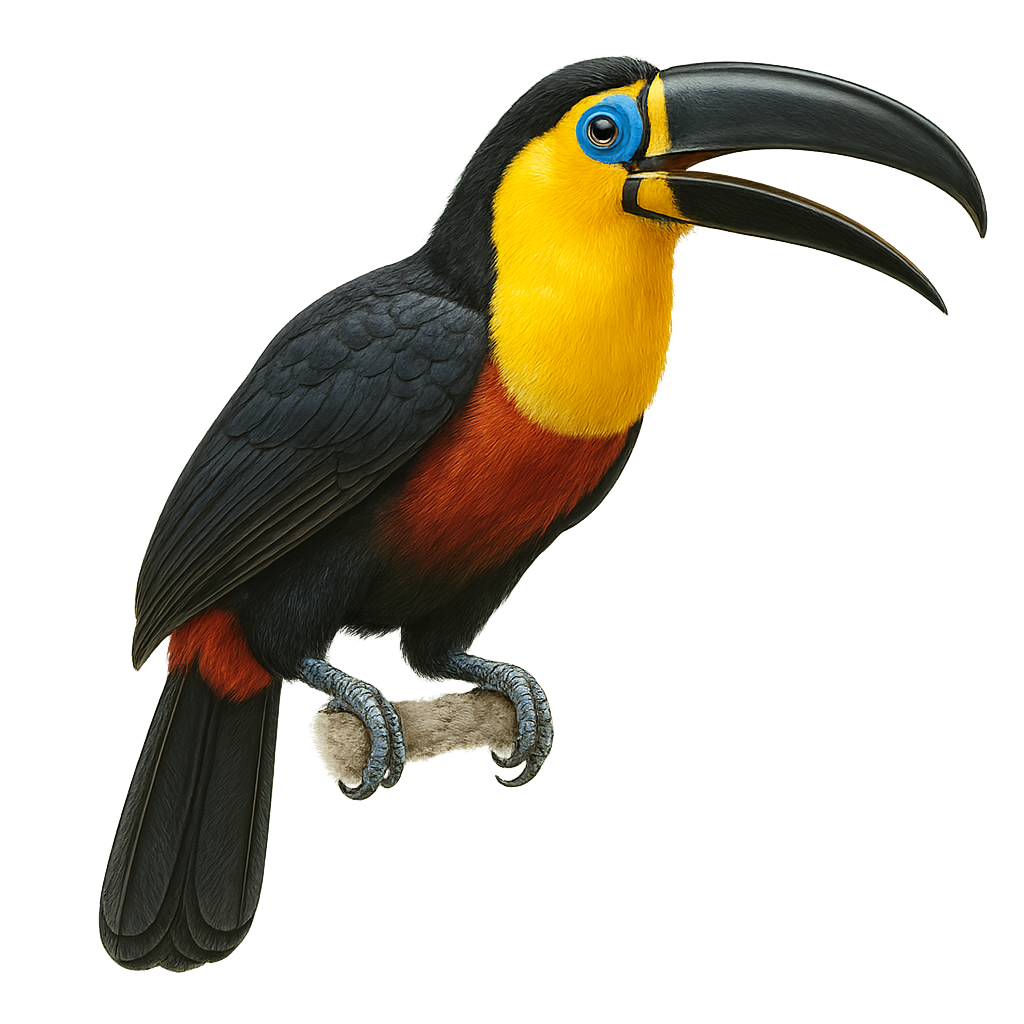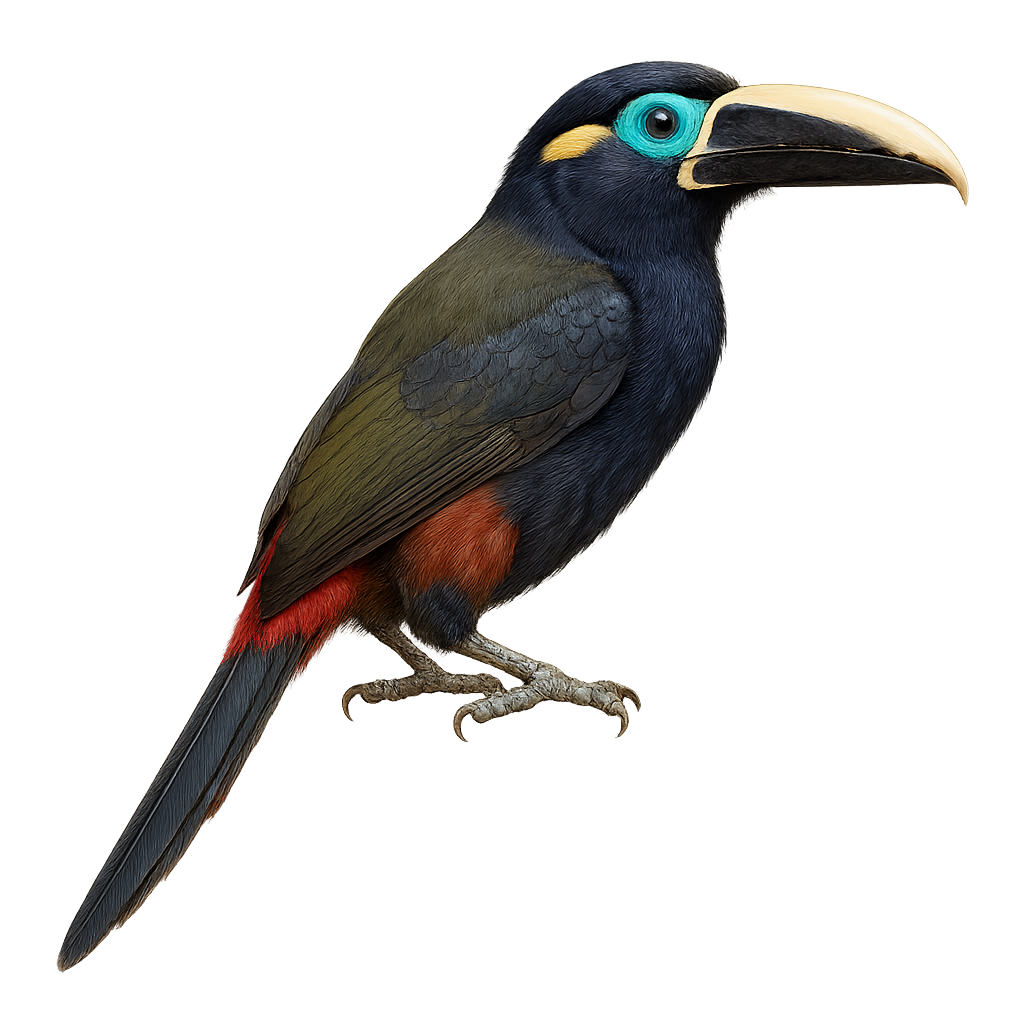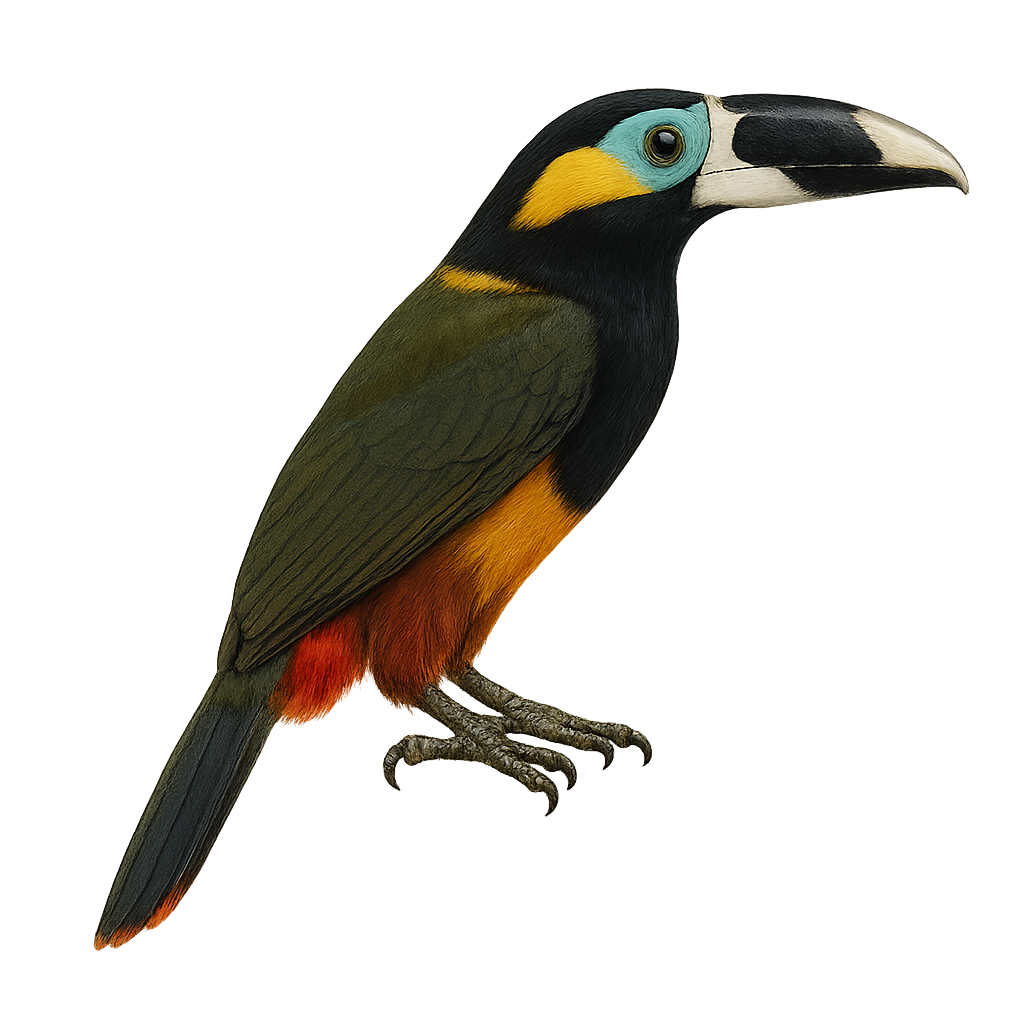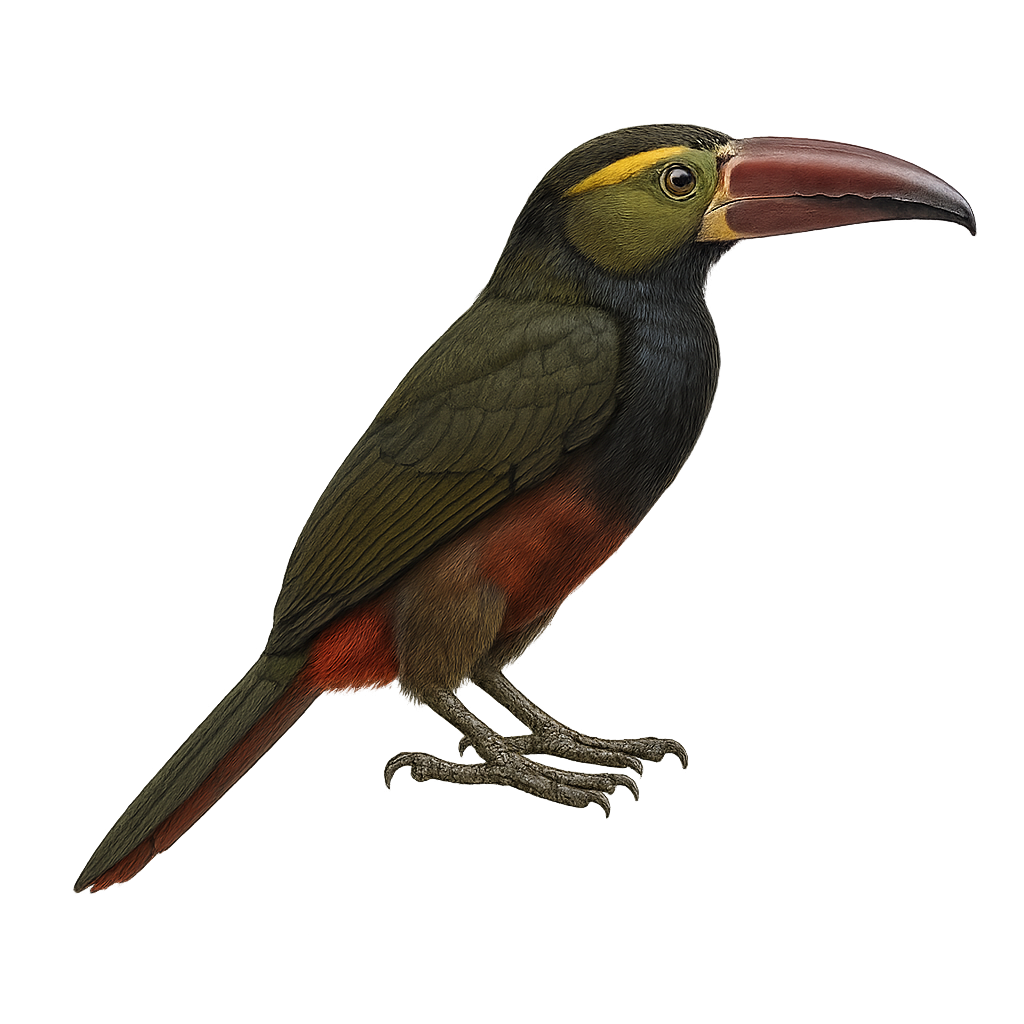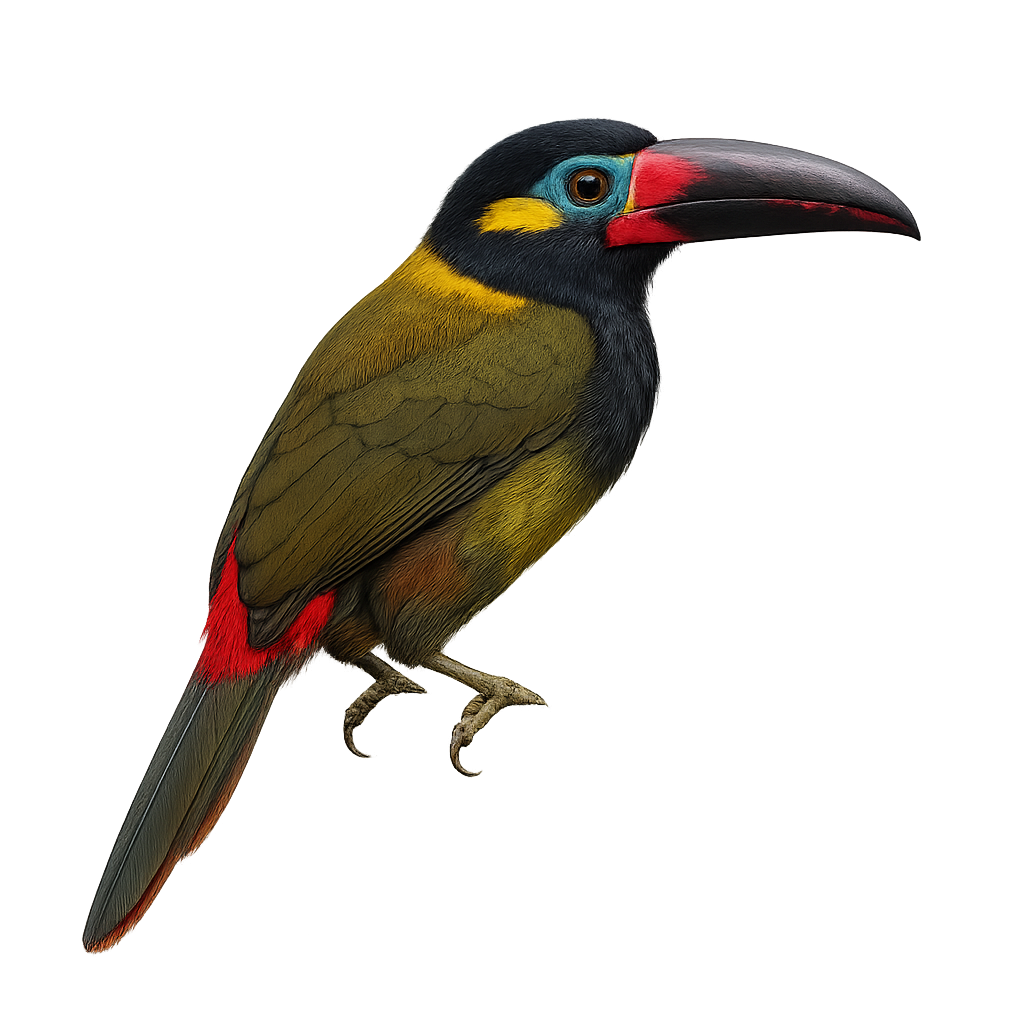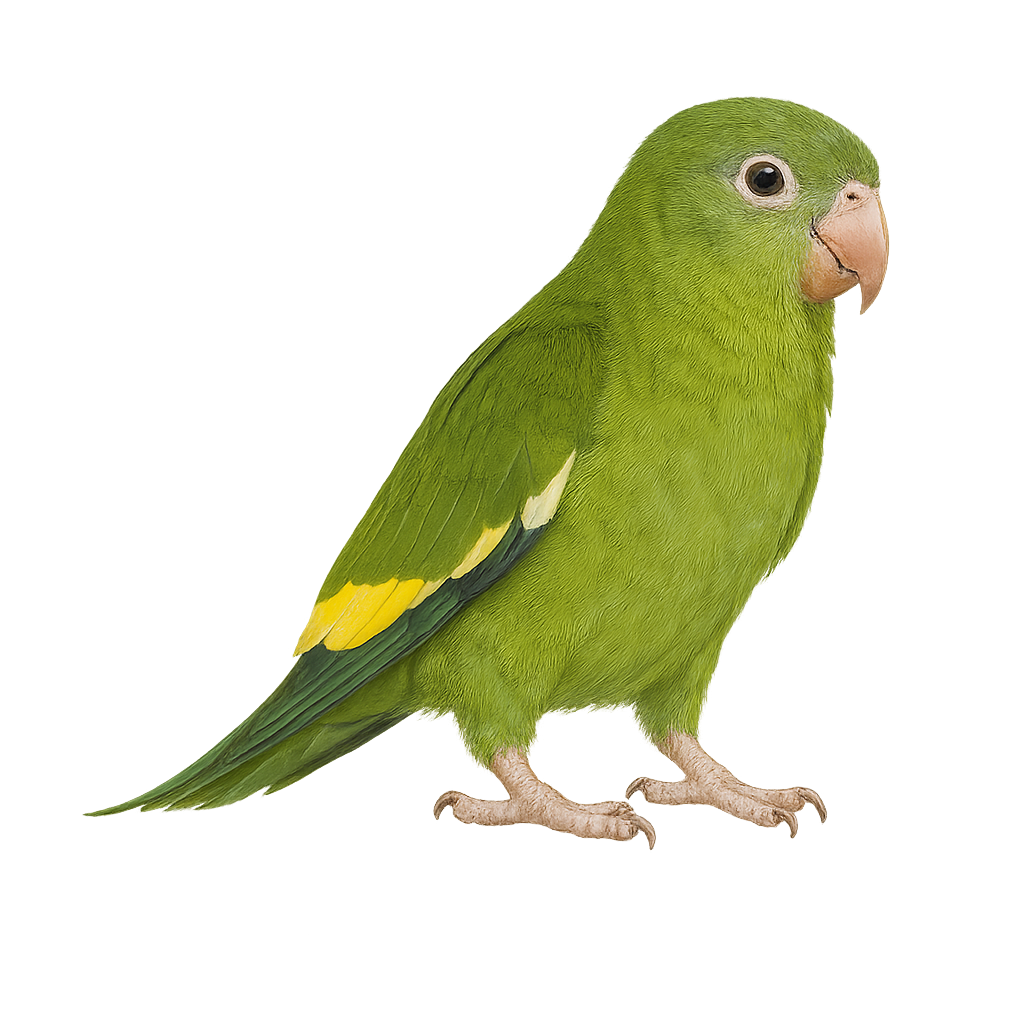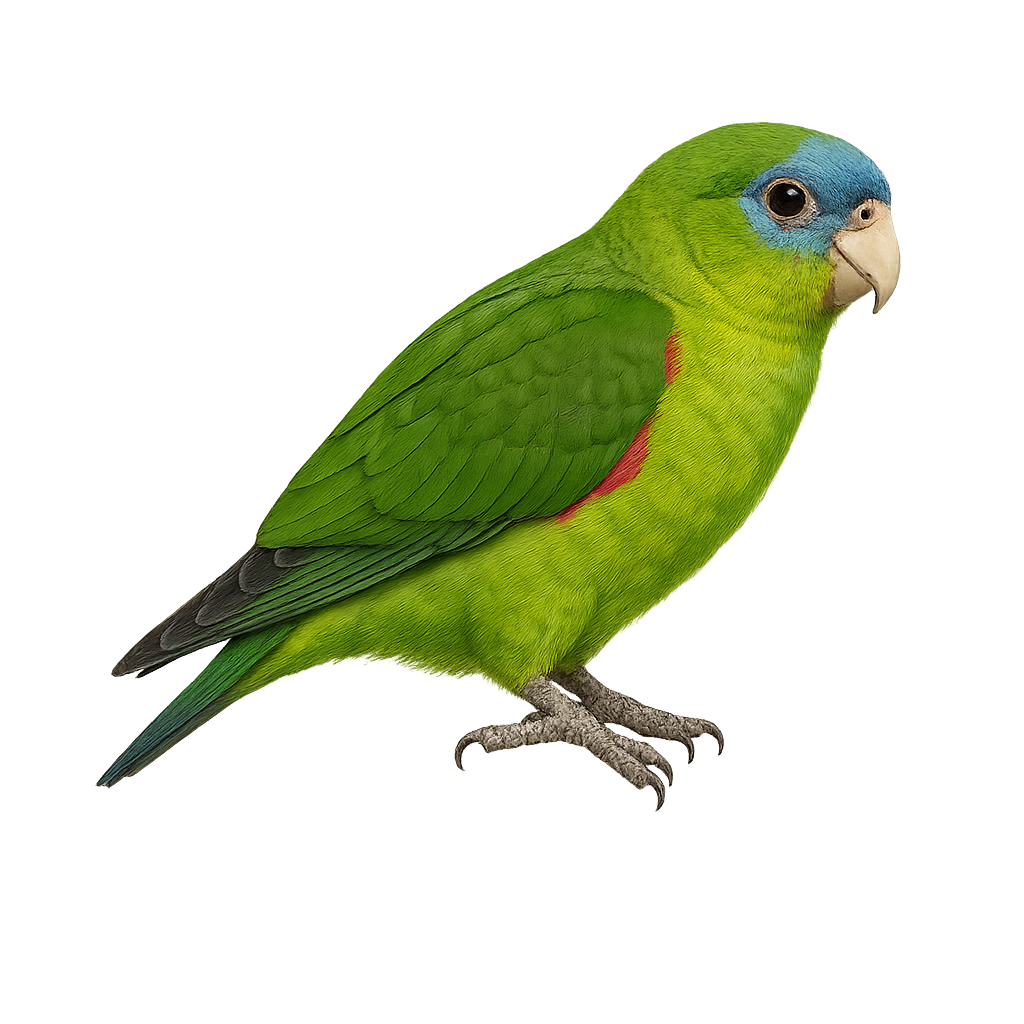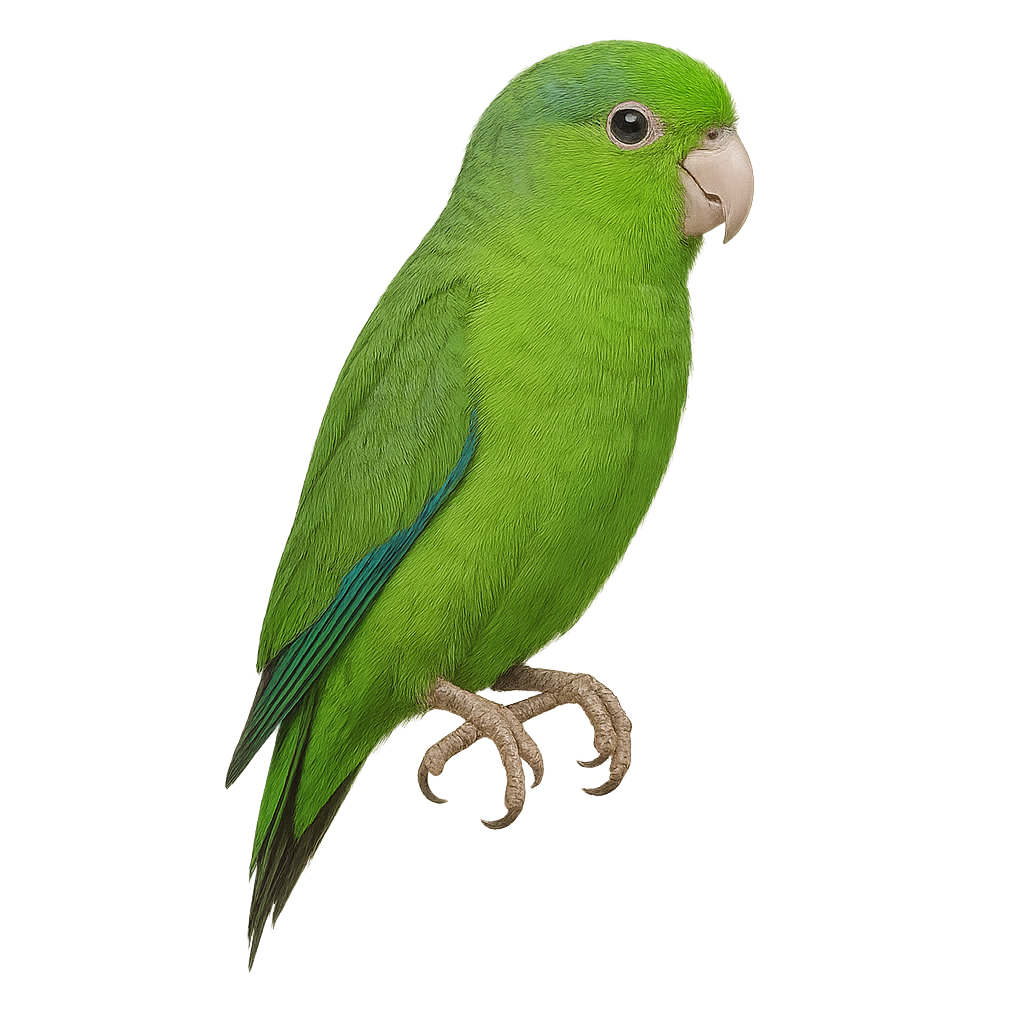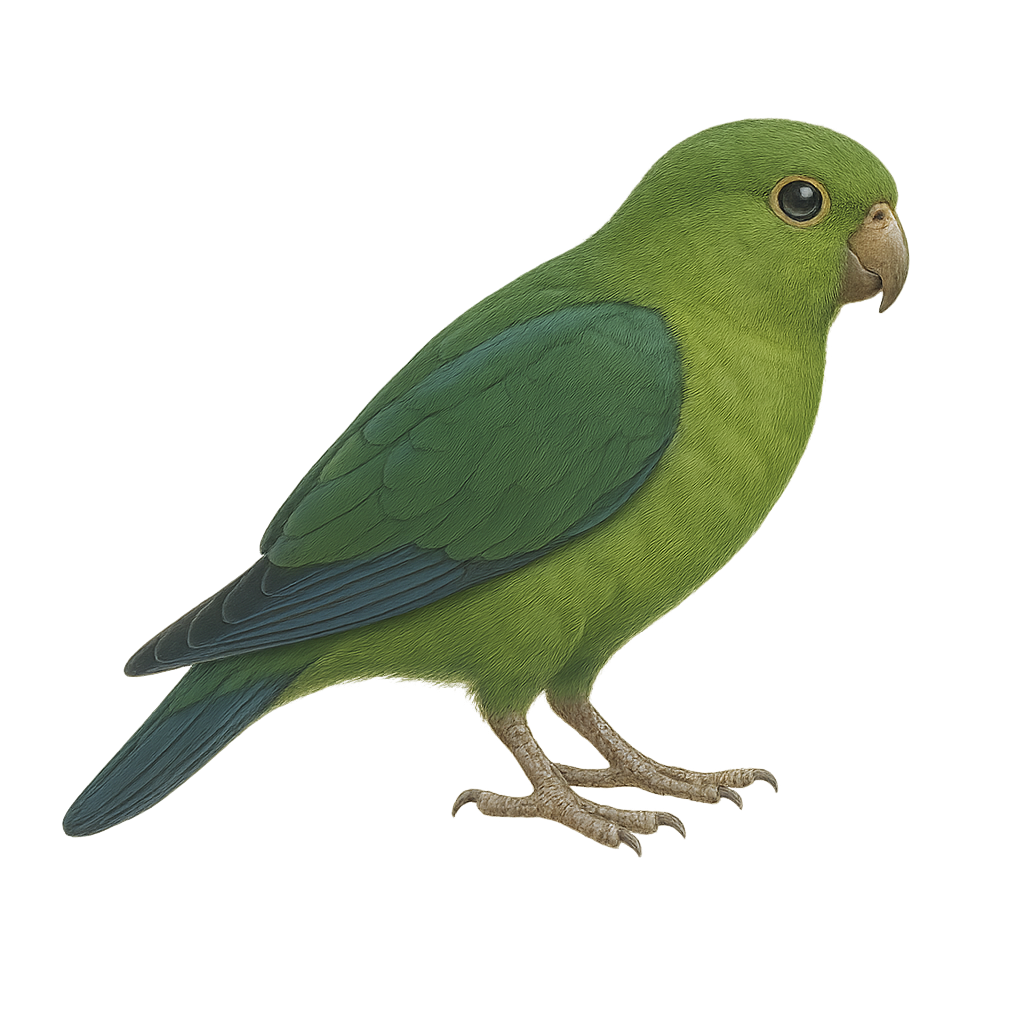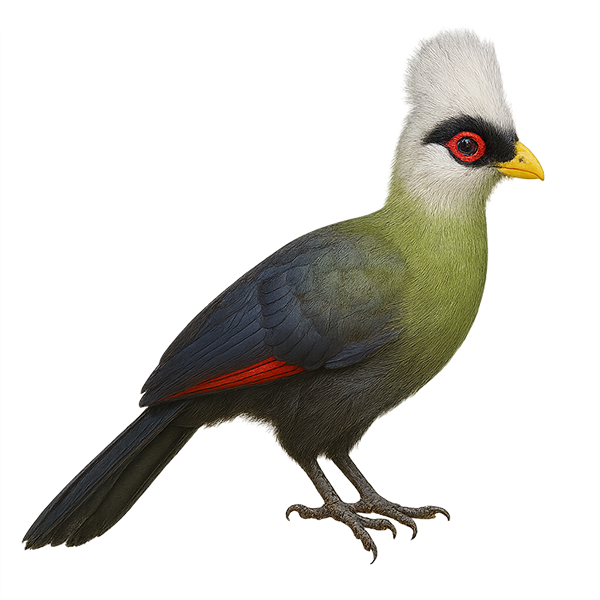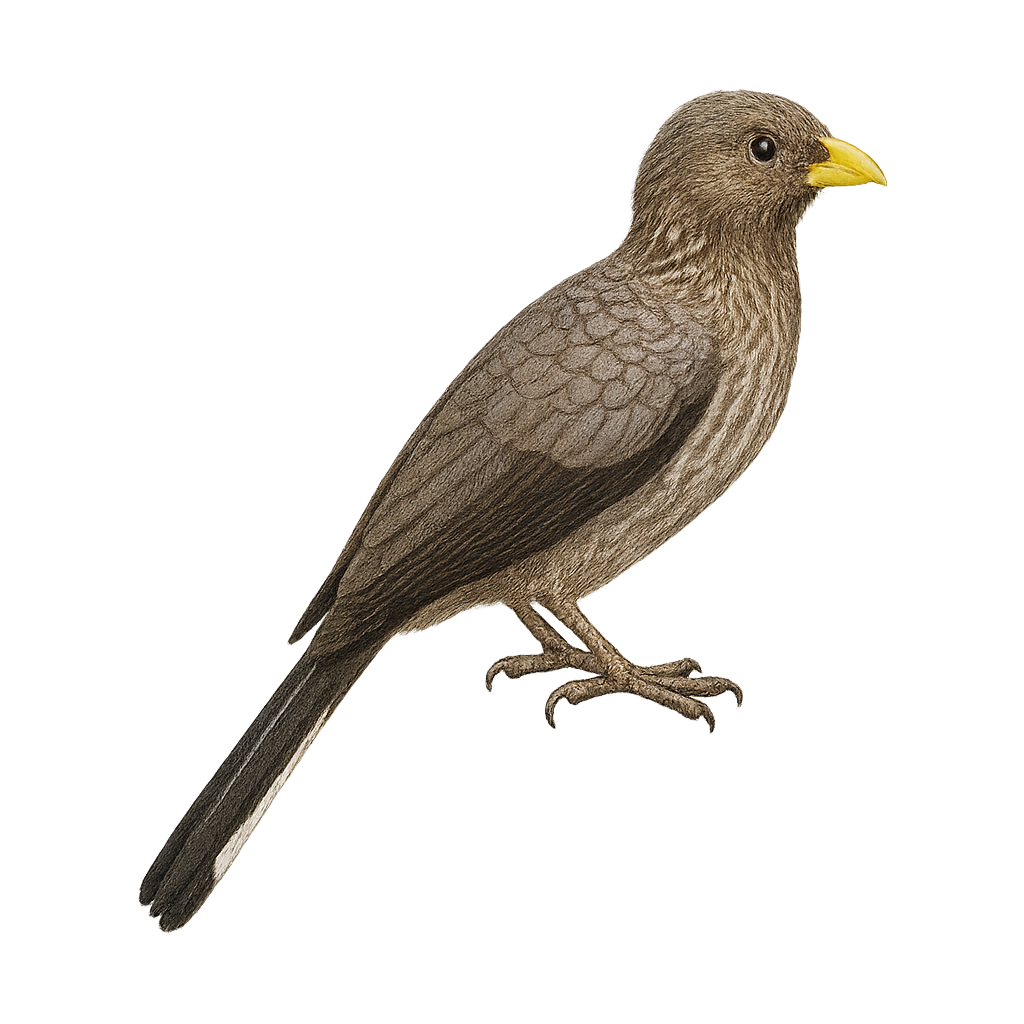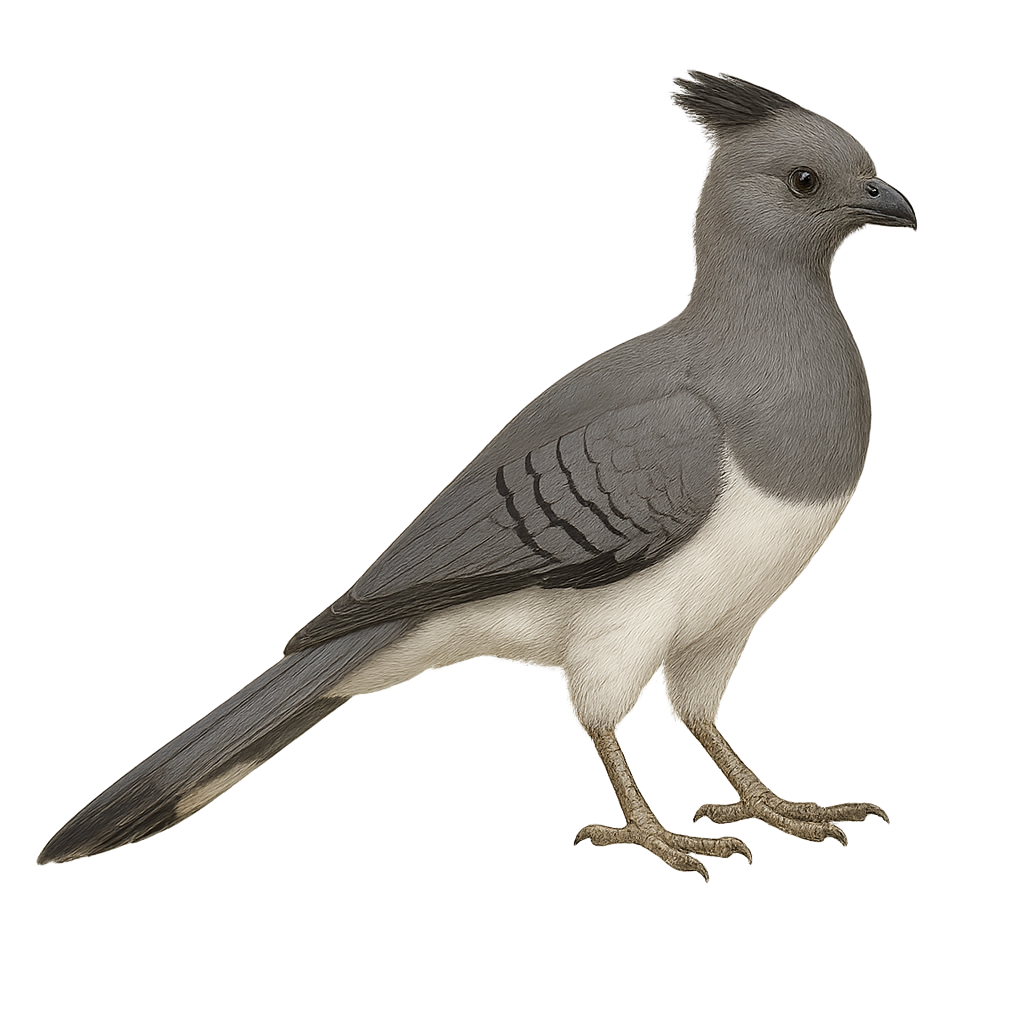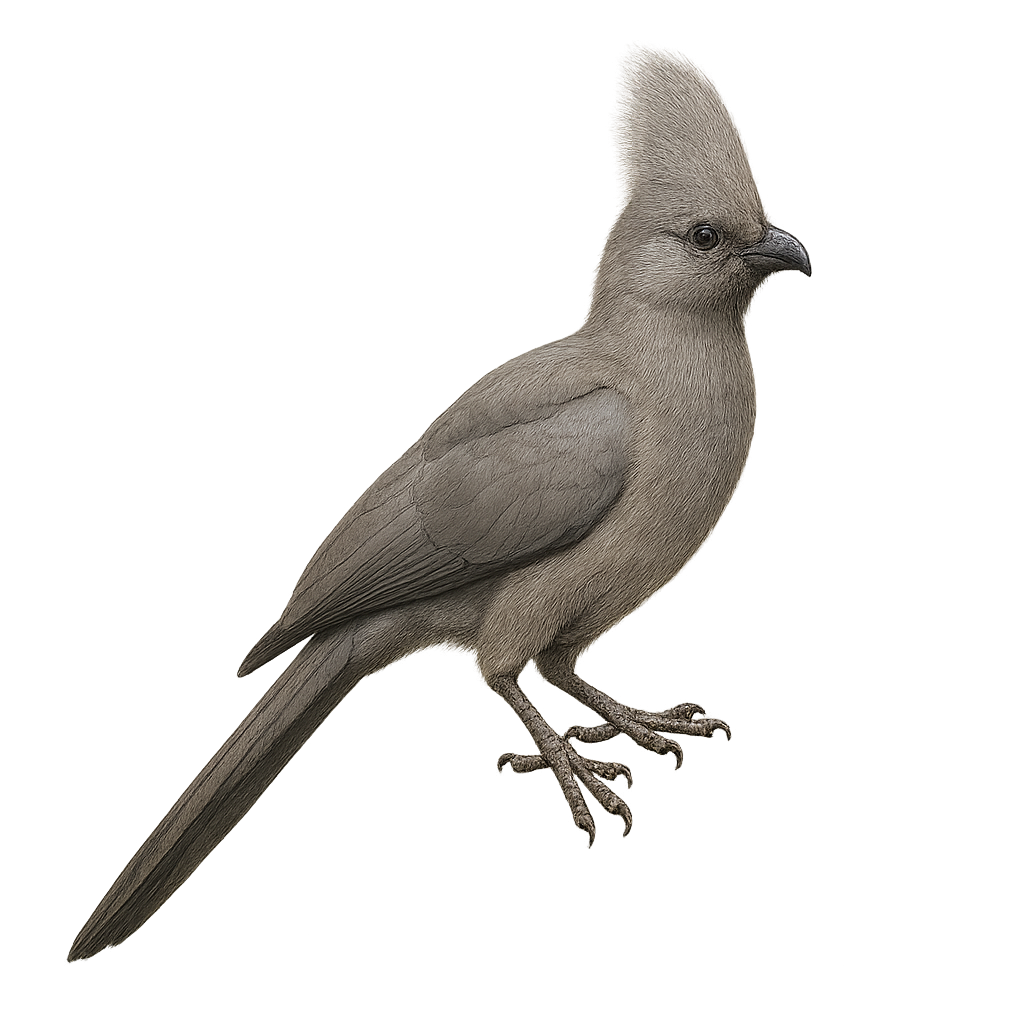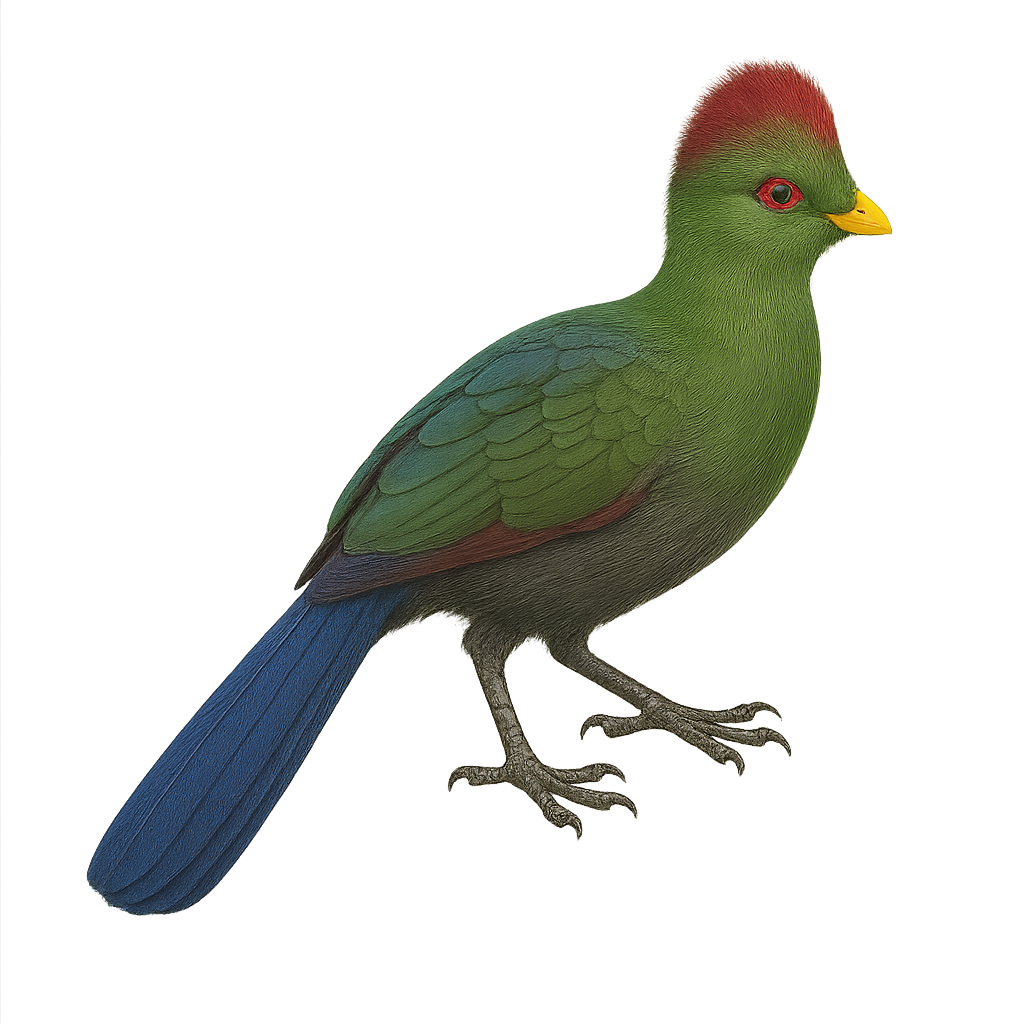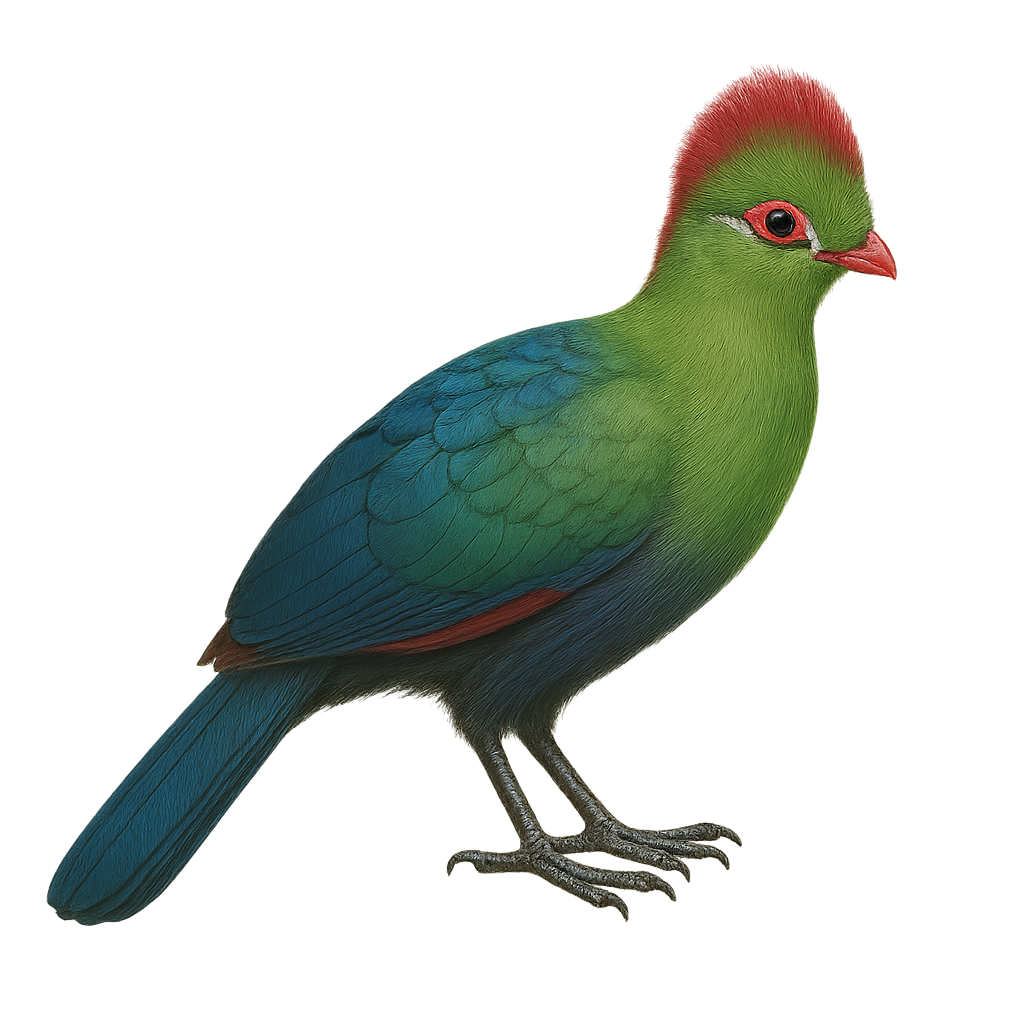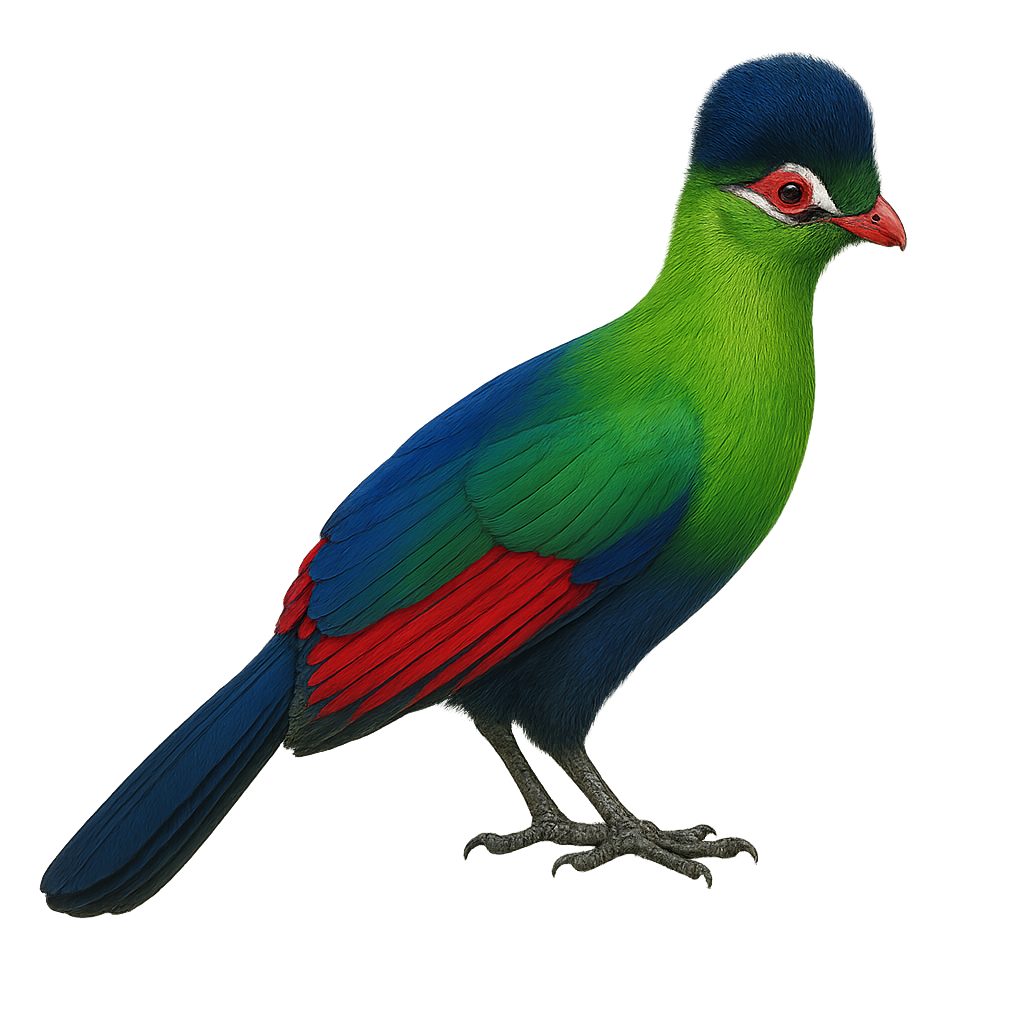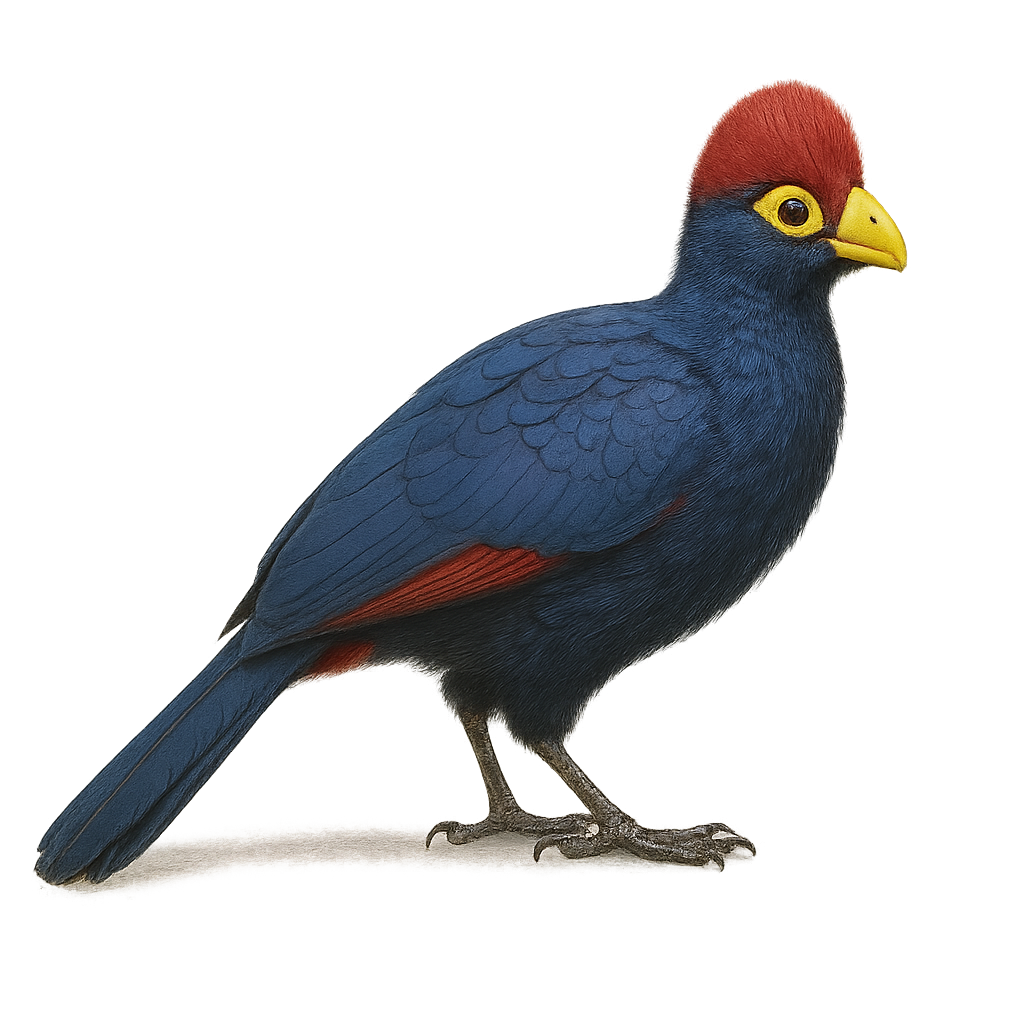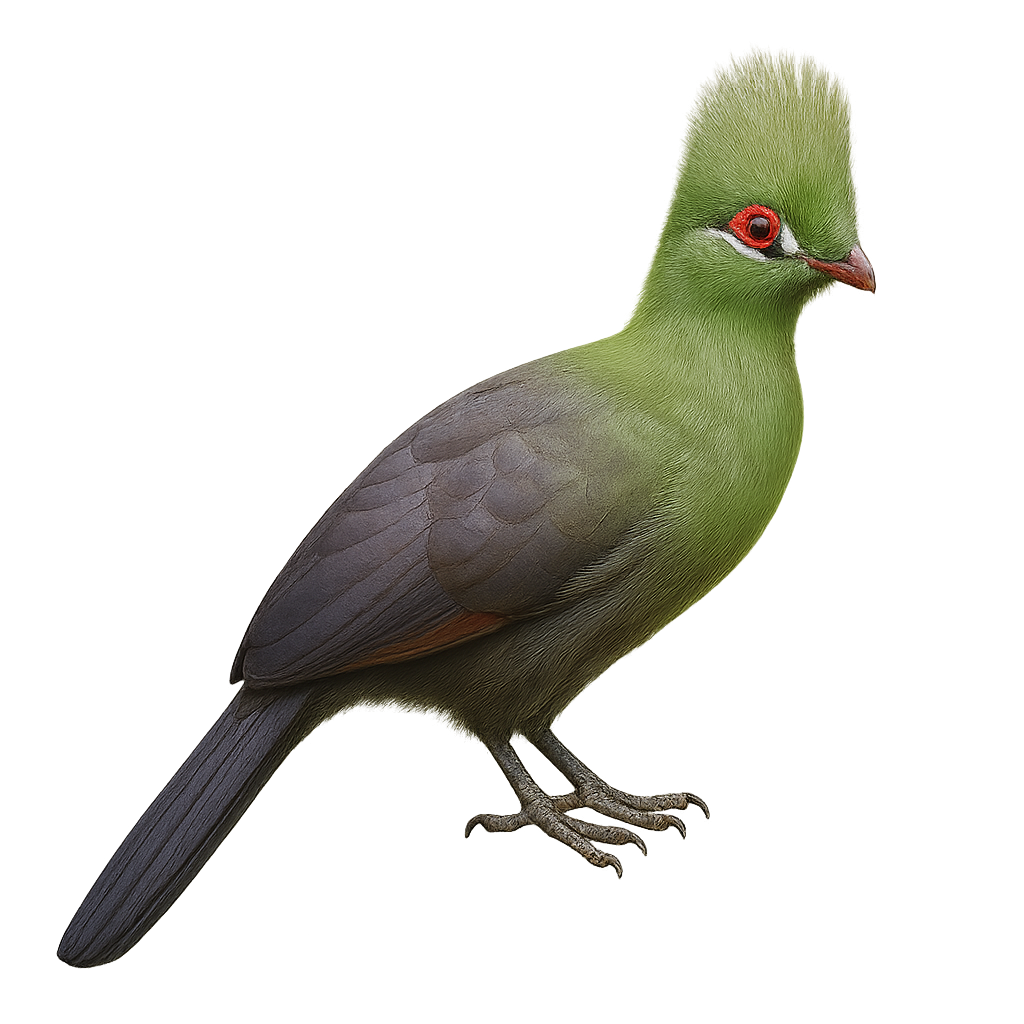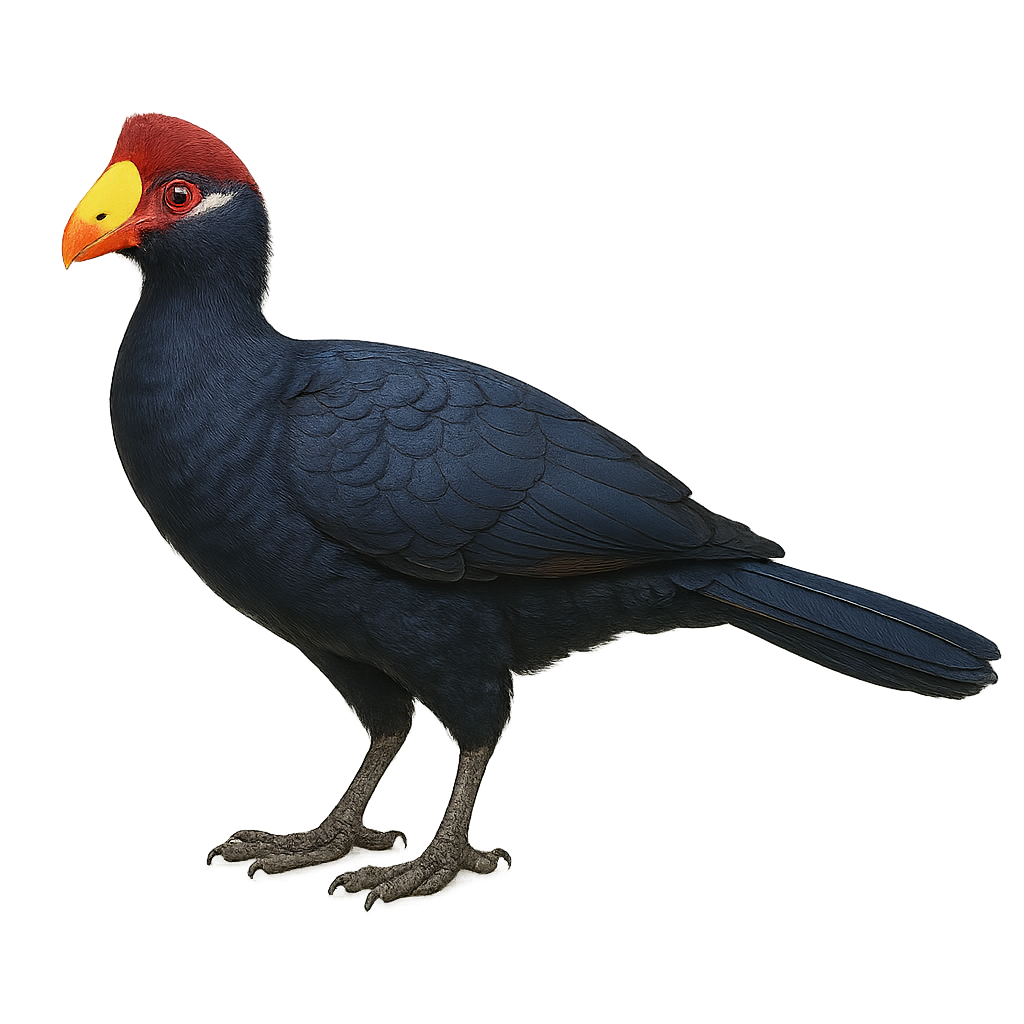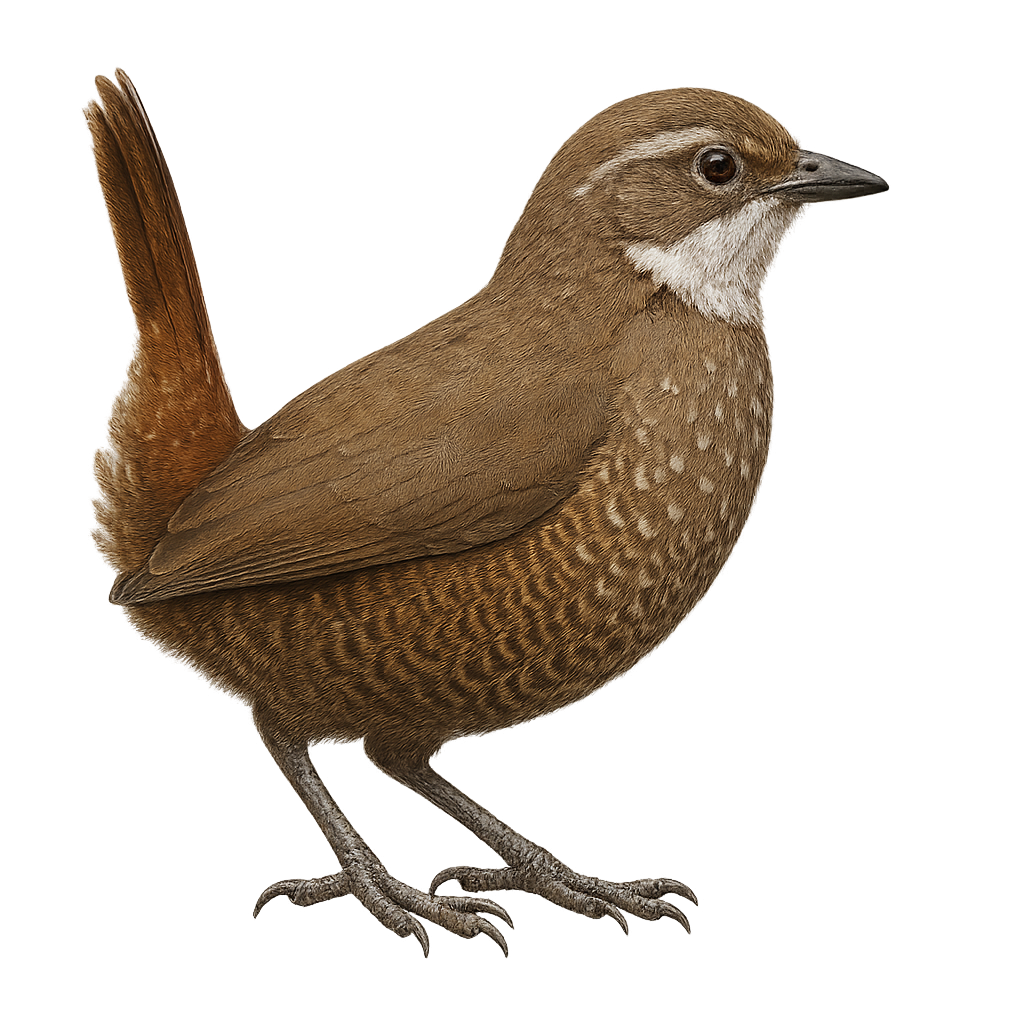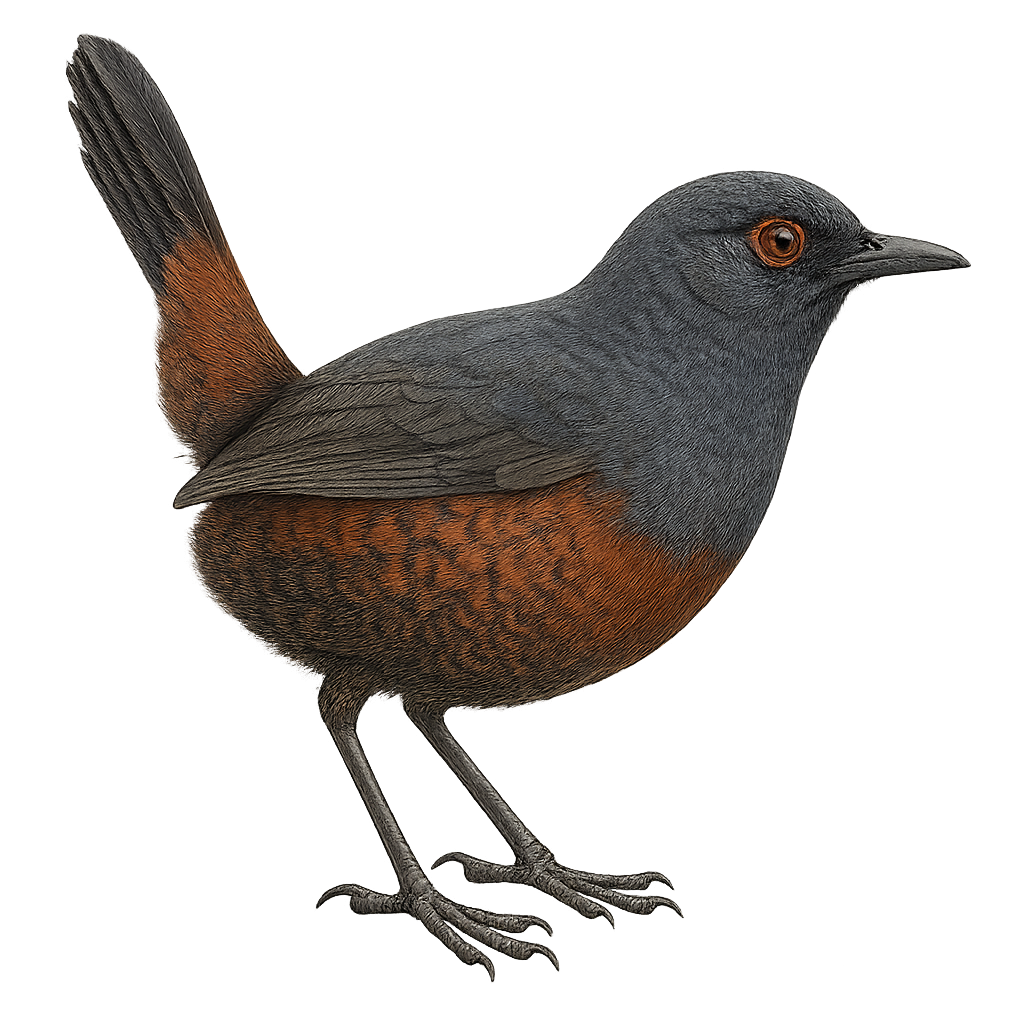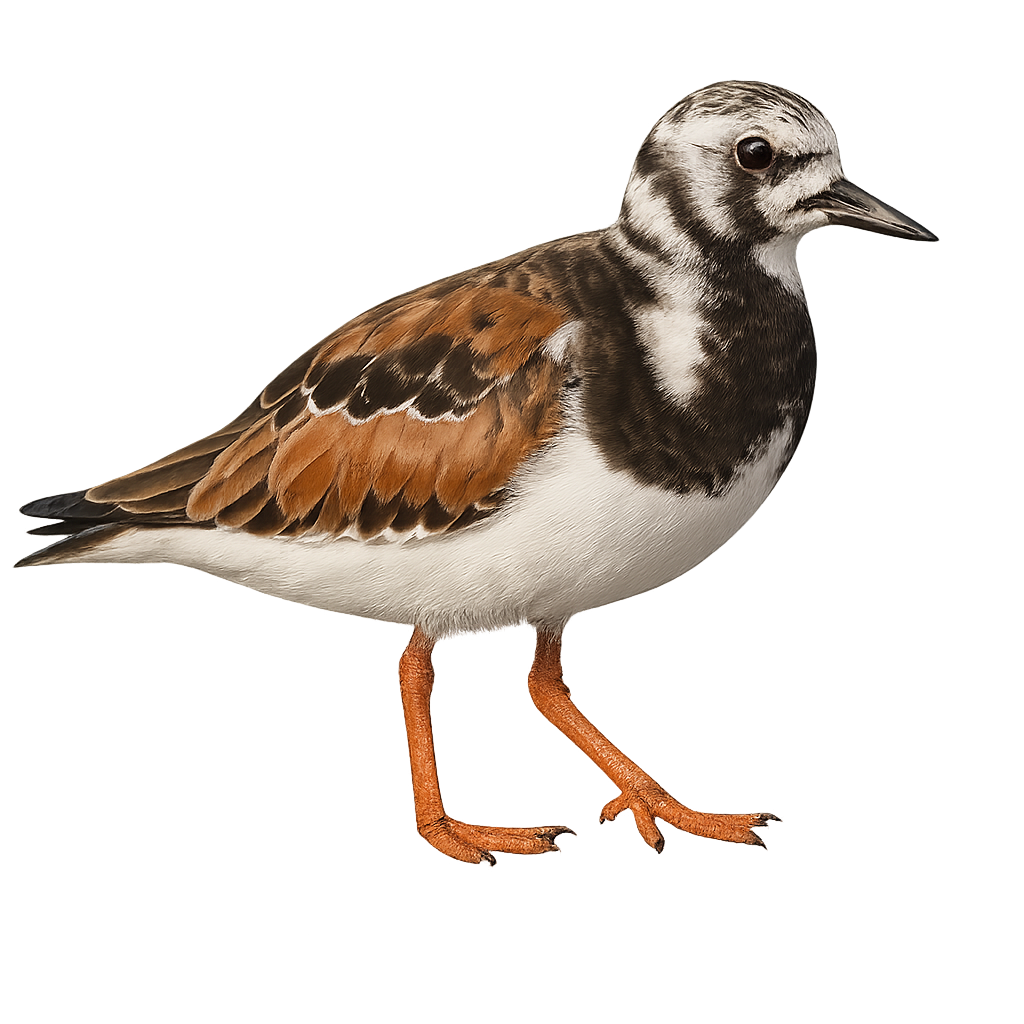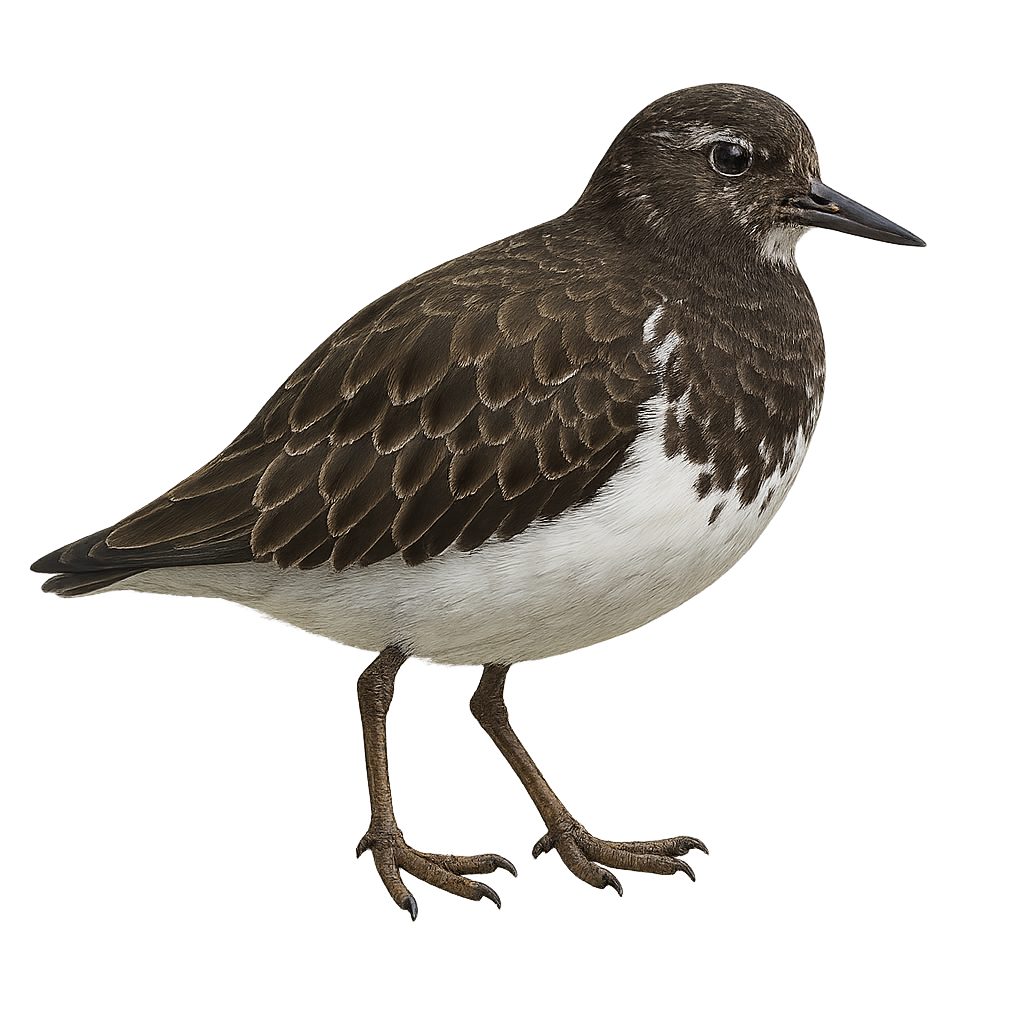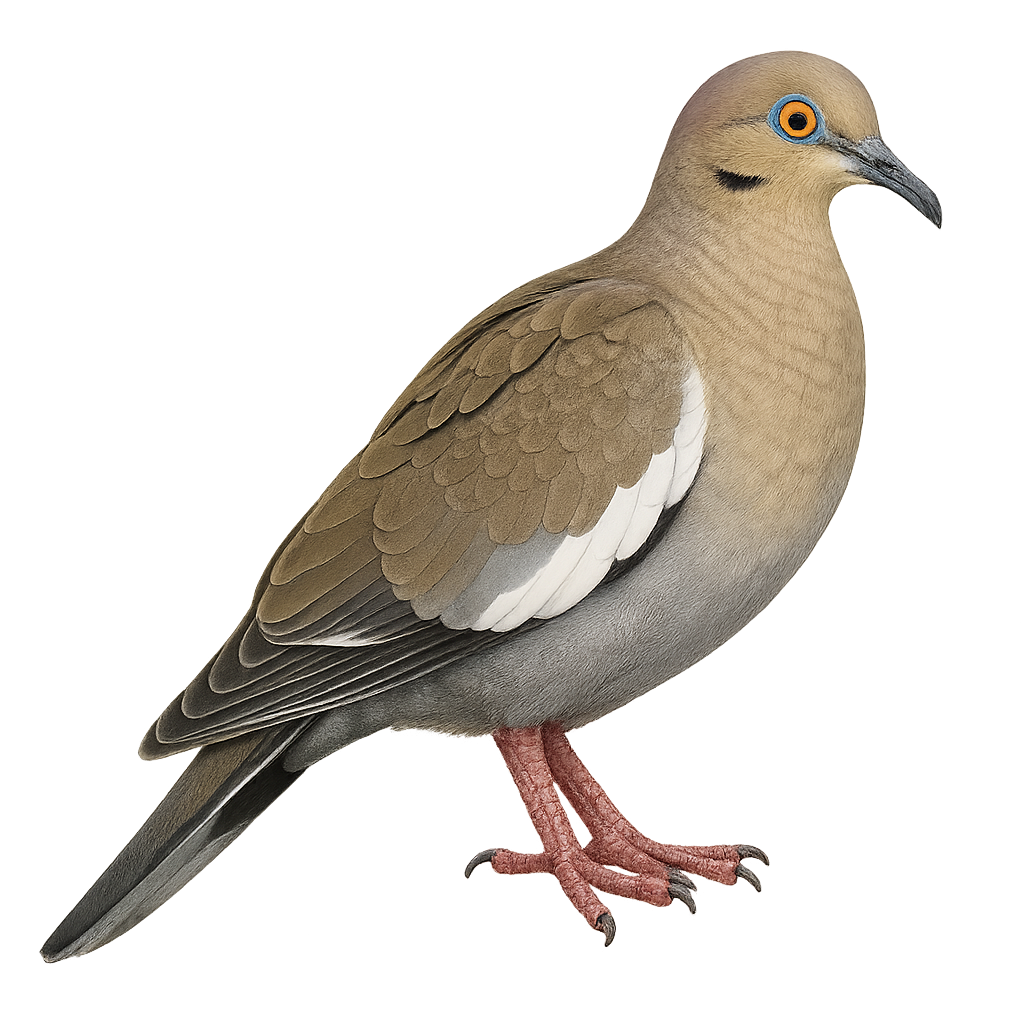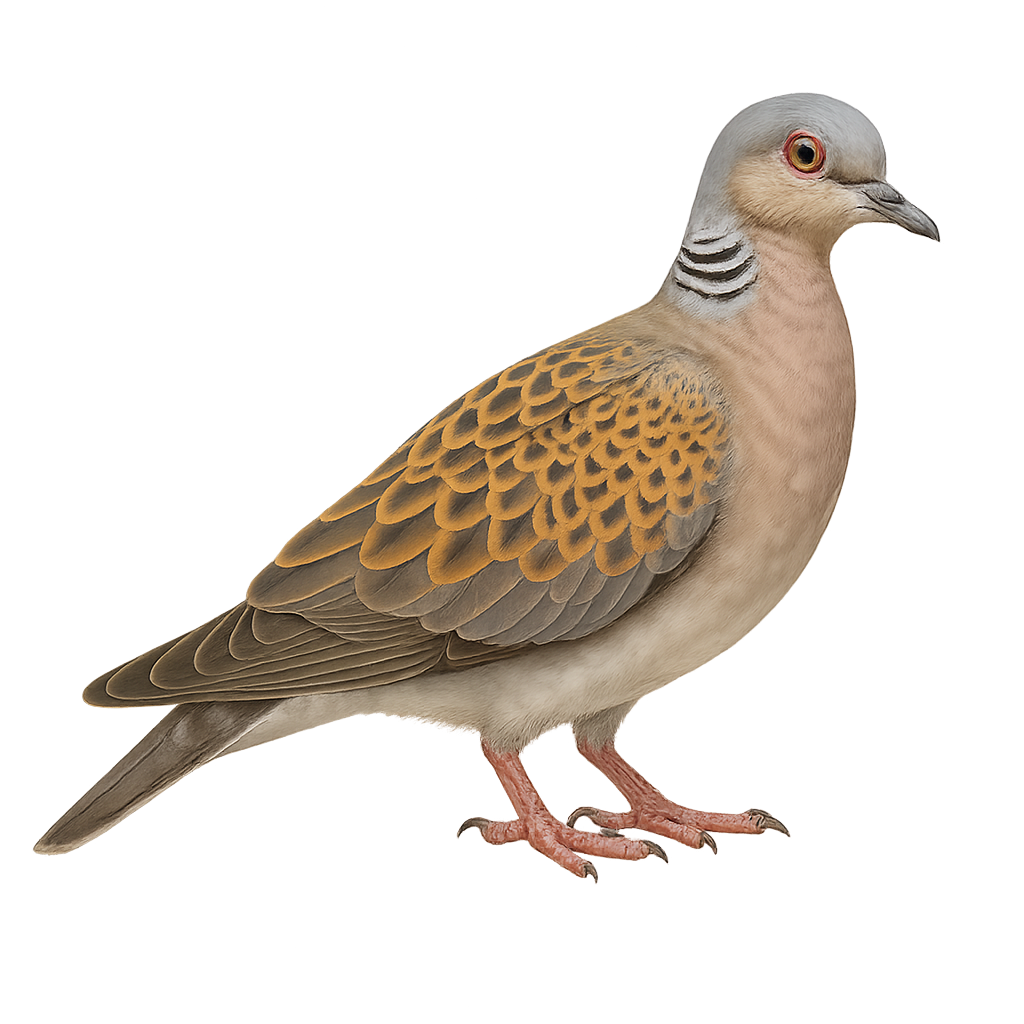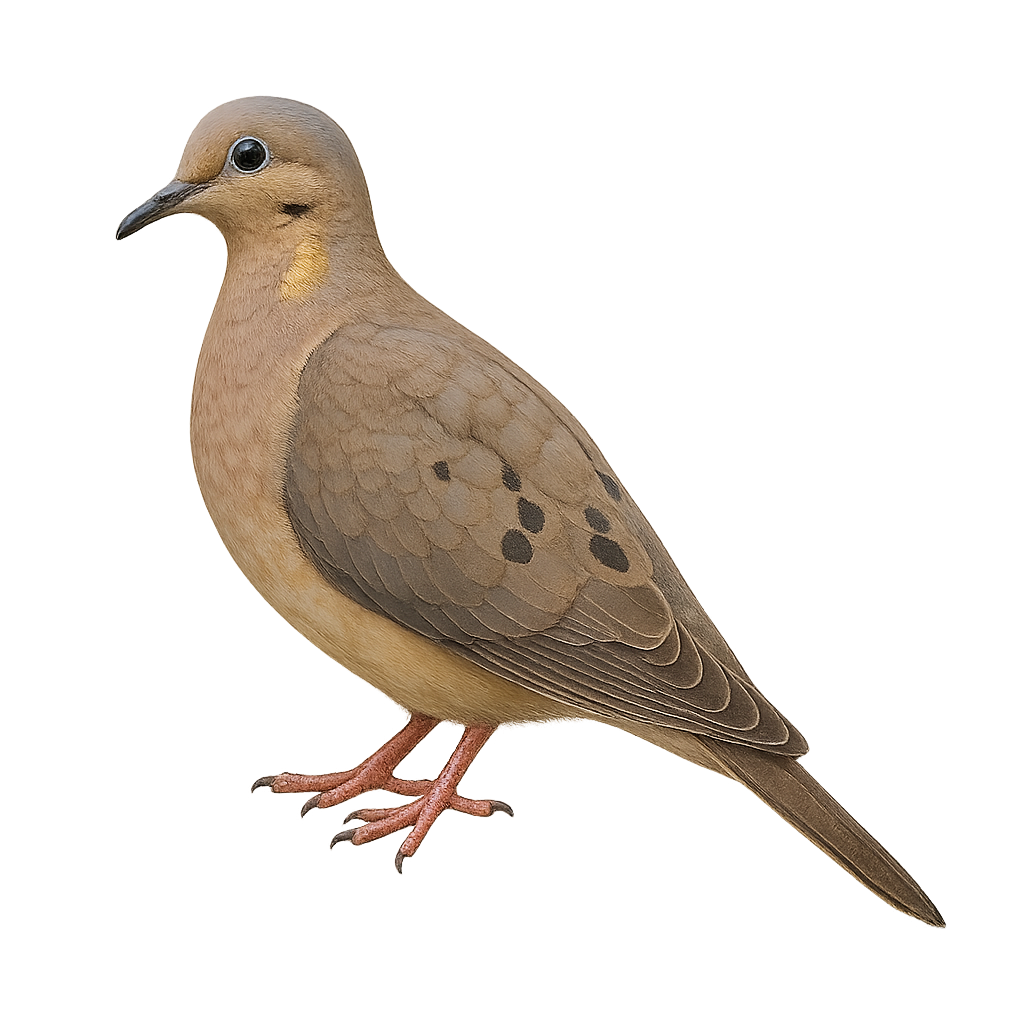The toco toucan is the largest toucan species (55–65 cm long), with black plumage and a white throat topped by a large bright orange bill. It inhabits tropical humid forests and woodland savannas in South America, feeding on fruits, insects, and small vertebrates. During the breeding season (February to June), it nests in tree cavities and pairs perform aerial display flights.
The Channel-billed Toucan, or Ramphastos vitellinus, is a striking bird native to the tropical forests of South America. It is easily recognized by its glossy black plumage, yellow cheeks, and large, colorful bill. Despite its size, the bill is lightweight due to its hollow structure, aiding in thermoregulation and fruit manipulation, which is its primary diet. These toucans are social creatures, often found in groups, and are known for their loud calls. They nest in tree cavities, where the female typically lays two to four eggs. Channel-billed Toucans play a vital role in the forest ecosystem by dispersing seeds.
The Gould's Toucanet, or Selenidera spectabilis, is a colorful and fascinating bird belonging to the Ramphastidae family. It is distinguished by its vibrant plumage, featuring shades of green, blue, and yellow, as well as its large, multicolored beak. This toucanet primarily inhabits the humid tropical forests of Central America, notably in Honduras, Nicaragua, and Costa Rica. It is often observed in small groups, feeding on fruits, insects, and occasionally small vertebrates. Although its conservation status is currently considered "least concern," deforestation and habitat loss pose potential threats to its population.
The Gould's Toucanet, or Selenidera gouldii, is a colorful and fascinating bird primarily inhabiting the humid tropical forests of South America, particularly in Brazil. This small toucan is distinguished by its vibrant plumage, blending shades of green, blue, and yellow, with a characteristic banana-shaped bill. It measures about 30 to 35 cm in length and weighs between 130 and 160 grams. Arboreal, it primarily feeds on fruits but also consumes insects and small vertebrates. Its call is a mix of whistles and clicks, often heard at dawn and dusk. The Gould's Toucanet is a social bird, living in small family groups.
The Natterer's Toucanet, or Selenidera nattereri, is a colorful and fascinating bird primarily inhabiting the humid tropical forests of South America. This small toucan is distinguished by its vibrant plumage, a mix of green, blue, and yellow, with a distinctive and colorful beak. It is often seen in pairs or small groups, feeding mainly on fruits, but also on insects and small vertebrates. Its song is a mix of high-pitched calls and melodious whistles that resonate through the dense canopy. Although its habitat is threatened by deforestation, the Natterer's Toucanet remains relatively common in some areas due to its adaptability.
The Golden-collared Toucanet, or Selenidera reinwardtii, is a captivating bird found in the tropical rainforests of South America. It is distinguished by its vibrant plumage, featuring a bright yellow chest contrasted with green wings and a prominent beak. Measuring about 35 cm, it belongs to the Ramphastidae family. This bird is primarily frugivorous but also feeds on insects and small vertebrates. It plays a crucial role in seed dispersal, aiding forest regeneration. The Golden-collared Toucanet is often seen in small groups, emitting loud calls for communication. Although relatively tolerant of human presence, respecting its natural habitat is essential for its survival.
The Emerald Toucanet is a small forest toucan recognizable by its vibrant green plumage, bicolored bill, and compact size. Males and females are very similar, though males may have a slightly longer bill. It inhabits humid mountain forests of Central and South America, from Mexico to northern Bolivia, often seen in small groups in the canopy or foraging for fruit. It is omnivorous, feeding on fruit, insects, small reptiles, and occasionally bird eggs. Though locally threatened by deforestation, it remains widespread overall.
The Yellow-eared Toucanet, Selenidera piperivora, is a bird from the Ramphastidae family. It is recognized for its colorful plumage, mainly green with yellow hues around the ears, hence its name. Its beak is robust and multicolored, typical of toucans. This bird is endemic to the tropical rainforests of South America, particularly in Brazil, Guyana, and Suriname. It usually lives in pairs or small groups, feeding mainly on fruits, but also on insects and small vertebrates. The Yellow-eared Toucanet plays a crucial role in seed dispersal, thus contributing to forest regeneration. Its presence is often an indicator of the health of its natural habitat.
The Canary-winged Parakeet, or Brotogeris versicolurus, is a small parrot native to South America, particularly the Amazon basin. It is characterized by its bright green plumage, wings adorned with yellow and white patches, and a hooked beak. Measuring about 22 cm in length, it is often seen in noisy flocks, feeding mainly on fruits, seeds, and flowers. Adapted to tropical forests, it also frequents urban areas, adapting well to human-modified environments. Its ability to mimic sounds and sociable nature make it a popular bird in aviculture. However, deforestation and illegal trade threaten some local populations.
The Scarlet-shouldered Parrotlet is a small, colorful parrot, primarily green with distinctive scarlet shoulders. It inhabits the humid forests of northern South America, particularly in Colombia and Venezuela. This parrot prefers dense canopies where it primarily feeds on fruits, seeds, and flowers. It is often observed in small groups, although it can be difficult to spot due to its plumage blending into the foliage. The Scarlet-shouldered Parrotlet is a discreet bird, with a song that is a mix of soft whistles and chirps. Its population is declining due to deforestation and capture for the pet trade.
The Green-rumped Parrotlet is a small parrot native to South America, measuring about 12 cm in length. It is predominantly green, with blue tinges on the wings and head in males. Females are generally more uniform in color. This parrot inhabits tropical forests, savannas, and agricultural areas. It is social, often living in groups. Its diet consists of seeds, fruits, and flowers. Although quite common, it is threatened by habitat loss and illegal trade. Its ability to adapt to various environments allows it to survive in disturbed areas.
The Black-backed Parrotlet is a small, arboreal parrot found primarily in the humid forests of northeastern South America, particularly in Brazil. This parrot is distinguished by its bright green plumage, with a characteristic black back that gives it its name. It measures about 15 cm in length and weighs between 40 and 50 grams. Its beak is short and powerful, adapted to its diet mainly consisting of fruits, seeds, and flowers. The Black-backed Parrotlet is often observed in small groups, moving agilely through the canopy. Although its habitat is threatened by deforestation, it is currently classified as "Least Concern" by the IUCN.
The White-crested Turaco is a striking bird known for its distinctive white crest and vibrant green plumage. Native to the forests of West Africa, it is often seen in the canopy where it primarily feeds on fruits, but also flowers and leaves. Measuring about 43 cm in length, this bird has a fast and direct flight. Its call is a loud and repetitive "kow-kow". Although sociable, it remains cautious around humans. The White-crested Turaco plays an important ecological role by dispersing the seeds of the fruits it consumes. Its beauty and intriguing behavior make it a subject of interest for ornithologists and nature photographers.
The Western Plantain-eater, or Crinifer zonurus, is a fascinating bird from the Musophagidae family. It is primarily found in West Africa, where it inhabits tropical forests, savannas, and wooded areas. This bird is recognizable by its gray-brown plumage, long tail with white bars, and bright yellow beak. Turacos are known for their distinctive call and ability to move nimbly through trees. They primarily feed on fruits but also consume leaves, flowers, and insects. Their social behavior is interesting, as they often live in small family groups. Although they are relatively common within their range, their habitat is threatened by deforestation.
The White-bellied Go-away-bird is a striking bird with grey and white plumage and a distinctive crest on its head. It primarily inhabits the savannas and open forests of East Africa. This bird is known for its distinctive call that sounds like "go-away," hence its English name. It feeds mainly on fruits, but also consumes flowers and leaves. The White-bellied Go-away-bird is a sociable bird, often seen in small groups. Its ability to move agilely through trees with its zygodactyl feet is impressive. Although relatively common in its natural habitat, it remains a fascinating sight for bird watchers.
The Grey Go-away-bird, or Crinifer concolor, is a medium-sized African bird known for its uniform grey plumage and distinctive crest. It measures about 50 cm in length and weighs between 200 and 300 grams. This bird is often seen in small groups, moving nimbly through trees. It is famous for its distinctive call that sounds like "go-away," hence its English name. The Grey Go-away-bird primarily feeds on fruits but also consumes leaves, flowers, and occasionally insects. It is widely distributed in the savannas and open woodlands of sub-Saharan Africa.
The Bannerman's Turaco is a striking bird known for its vibrant plumage, predominantly green with shades of blue and red. Native to the montane forests of Cameroon, it is often found in dense wooded areas where it feeds mainly on fruits, flowers, and leaves. This bird features a distinctive crest and a bright red beak, making it easily recognizable. Although it is relatively tolerant, it prefers to stay hidden in the canopy. The Bannerman's Turaco is a vulnerable species due to deforestation and habitat loss, making its conservation crucial for preserving the region's biodiversity.
The Fischer's Turaco is a striking bird known for its vibrant plumage and presence in the forests of East Africa. It features a distinctive green crest, feathers in shades of green and blue, and bright red eye rings. This turaco is primarily frugivorous, feeding on various fruits and berries, but it may also consume insects. It is often seen in small groups or pairs, moving nimbly through the canopy. Although its habitat is threatened by deforestation, it remains relatively common in protected areas. Its call is a mix of harsh cries and melodious notes, adding to the soundscape of its natural environment.
The Hartlaub's Turaco is a fascinating bird endemic to the montane forests of East Africa, particularly in Kenya and Tanzania. It is easily recognizable by its bright green plumage, distinctive crest, and vivid red wings visible in flight. This bird measures about 40 cm in length and primarily feeds on fruits, but also flowers and insects. It is often seen in pairs or small groups, moving agilely through the canopy. Its call is a mix of harsh cries and melodious notes. Although relatively common in its natural habitat, deforestation poses a threat to its population.
The Lady Ross's Turaco, Tauraco rossae, is a striking bird known for its vibrant plumage and fascinating social behaviors. Native to the forests of Central Africa, this bird features predominantly blue-violet plumage with shades of green and red, making it easily recognizable. It is often seen in small groups, moving nimbly through the tree canopy. The turaco primarily feeds on fruits but can also consume flowers and leaves. Its distinctive call often echoes through the forest, adding an auditory dimension to its natural habitat. Although its conservation status is currently of concern, protecting its habitat is crucial for its long-term survival.
The Livingstone's Turaco, or Tauraco corythaix, is a captivating bird native to the forests of southern Africa. It is easily identifiable by its bright green plumage, red wings visible in flight, and distinctive crest. Measuring about 40 cm in length, this bird has a short, powerful beak, perfect for feeding on fruits, flowers, and insects. Turacos are known for their agile flight and ability to move swiftly through dense canopies. They typically live in small family groups and are often seen feeding or resting in trees. Their call is a mix of cries and whistles, adding a unique soundscape to their natural habitat.
The Guinea Turaco, or Tauraco persa, is a striking bird known for its vibrant plumage and distinctive crest. Native to the forests of West Africa, it is characterized by its bright colors, particularly the emerald green body and vivid red wings visible in flight. Measuring about 40 cm in length, it has a short, strong beak, ideal for feeding on fruits, flowers, and leaves. Social in nature, it often lives in small groups and communicates with loud calls. Although primarily arboreal, it occasionally descends to the ground to forage. Its ability to move nimbly through trees is aided by its zygodactyl feet, allowing it to grip branches securely.
The Violet Turaco, or Tauraco violaceus, is a fascinating bird known for its striking plumage and captivating social behaviors. Native to the dense forests of West Africa, this bird features predominantly violet plumage with shades of green and red on its wings, making it easily recognizable. It measures about 45 cm in length and has a distinctive crest. The Violet Turaco is an arboreal bird, moving nimbly through the canopy in search of fruits, its primary food source. It is also known for its distinctive vocalizations, often described as raucous calls. Although generally tolerant of human presence, it prefers habitats where vegetation is dense, providing protection from predators.
The Moustached Turca, or Pteroptochos megapodius, is a terrestrial bird endemic to Chile, primarily found in dense forests and shrublands of the central region. This bird is recognizable by its reddish-brown plumage and relatively large size for a member of the Rhinocryptidae family. It has a sturdy beak and strong legs, adapted to its ground-dwelling lifestyle. The Moustached Turca is a discreet bird, often heard before seen, thanks to its distinctive and melodious song. It primarily feeds on insects and small invertebrates found by foraging on the ground. Although its habitat is threatened by deforestation, it is currently classified as "least concern" by the IUCN.
The Chucao Tapaculo is a bird endemic to the temperate forests of southern Chile and Argentina. Easily recognizable by its reddish-brown plumage and white throat, this bird measures about 18 cm. It is often heard before being seen, thanks to its powerful and melodious song. Preferring dense and humid undergrowth, it feeds mainly on insects and other small invertebrates. Although generally discreet, it can be curious and approach motionless observers. The Chucao Tapaculo plays an important role in the ecosystem by controlling insect populations and participating in seed dispersal.
The Ruddy Turnstone is a small migratory bird primarily found on rocky and sandy coastal areas in Europe, Asia, and North America. It typically measures about 22 cm in length and weighs between 60 and 100 g. Its plumage is characterized by earthy colors, with black, brown, and white patches, and a distinctive black band around the neck, which gives it its name. The Ruddy Turnstone primarily feeds on small invertebrates found by probing rocks and beaches, such as crustaceans, mollusks, and worms. It is an excellent migrant, traveling long distances between its breeding sites in Europe and its wintering grounds in Africa and Asia. While its population remains stable in some areas, it is threatened by the loss of its coastal habitat due to urbanization and pollution.
The Black Turnstone is a medium-sized shorebird, easily identified by its dark head contrasting with its lighter body. It primarily inhabits the rocky coasts of the North Pacific, from Alaska to California. Known for its active behavior, it flips stones and algae to find food, mainly marine invertebrates. Often seen in small groups, especially outside the breeding season, it is relatively tolerant of human presence but prefers less disturbed areas for feeding and resting. Its population is stable, though it remains vulnerable to coastal habitat disturbances.
The White-winged Dove, Zenaida asiatica, is a robust and elegant bird, easily recognized by its distinctive white wing band visible in flight. It has a gray-brown plumage with iridescent neck reflections and a long, tapered tail. Its soft, melodious call is often heard in the arid and semi-arid regions of North and Central America. It adapts well to urban and rural environments, feeding mainly on seeds, fruits, and insects. This species is known for its ability to travel long distances in flight, allowing it to migrate to warmer areas during winter.
The Turtle Dove is a small, slender dove measuring between 25 and 28 cm in length with a wingspan of 45 to 50 cm. Its plumage is characterized by a rosy chest, a back speckled with black, and a gray-blue head adorned with black and white spots on the neck. It emits a soft, rolling cooing sound, often heard in spring and summer. It frequents clear woods, hedges, and open agricultural areas, where it feeds primarily on seeds fallen to the ground. Breeding occurs from May to July, with one or two clutches of two white eggs. The young leave the nest between 19 and 21 days after hatching. A migratory species, it winters in sub-Saharan Africa. Listed as "Vulnerable" by the IUCN.
The Eared Dove, Zenaida auriculata, is a medium-sized bird, measuring about 24 cm in length. It has light brown plumage with pinkish hues on the chest and distinctive black spots behind the eyes. The wings are adorned with black and white bands visible in flight. This bird is widespread in South America, inhabiting various environments such as savannas, agricultural areas, and open forests. The Eared Dove is known for its soft, melodious song, often heard at dawn and dusk. It primarily feeds on seeds and small fruits found on the ground.



